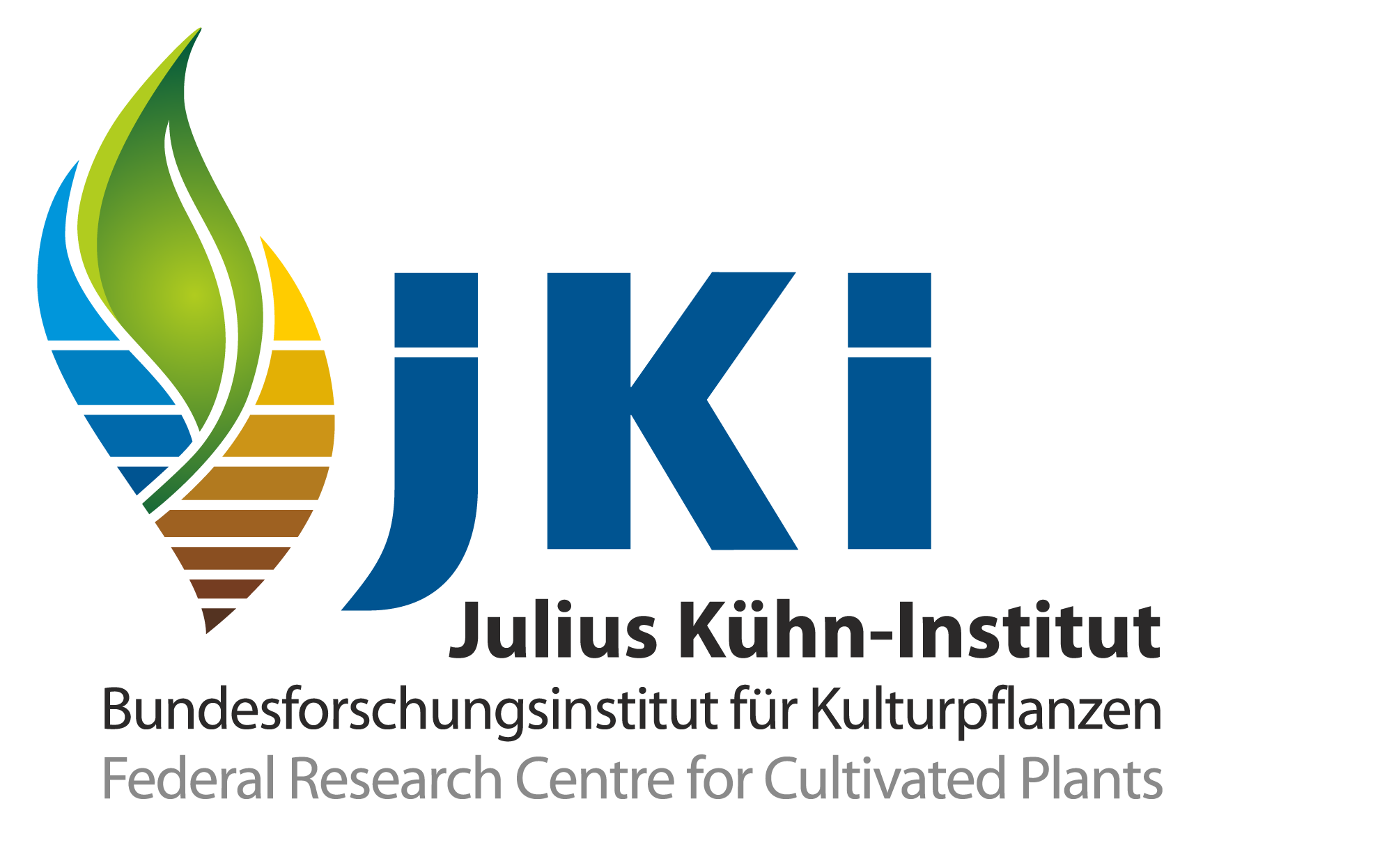5.10 How do Regulatory Requirements and Assumptions Correlate to Practical Experience in Residue Studies with Nectar and Pollen?
DOI:
https://doi.org/10.5073/jka.2018.462.063Abstract
Residues of pesticides detected in pollen and nectar (bee relevant matrices) represent a realistic research approach to estimate pollinator exposure. Therefore, a robust and reliable method to sample and measure these residues is part of risk assessment schemes in several parts of the world. EFSA guidance for pollinators was the first risk assessment to allow for the refinements of the expected residue values during exposure. EPA as well as IBAMA followed suite and proposed in vivo refinements for residue values. To achieve this goal nectar and pollen from plant species have to be collected in sufficient amounts to allow for residue analysis. Several methods are available for the collection of bee matrices. We list general methods developed to sample pollen and nectar, focus on some common issues encountered during the conduct of these studies and place the measurements derived from these studies into a risk assessment context. With all the information available now it would be a useful task to compare residue levels in matrices collected manually and with the help of pollinators to give advice for guidance document refinements and help to approve the design of studies in the future.
Downloads
Veröffentlicht
Ausgabe
Rubrik
Lizenz

Dieses Werk ist lizenziert unter einer Creative Commons Namensnennung 4.0 International Lizenz.
Sie dürfen:
- Teilen — das Material in jedwedem Format oder Medium vervielfältigen und weiterverbreiten
- Bearbeiten — das Material remixen, verändern und darauf aufbauen und zwar für beliebige Zwecke
Unter folgenden Bedingungen:
-
Namensnennung — Sie müssen die Namen der Autoren und den Titel des Werkes angeben, einen Link zur Lizenz beifügen und anmerken, ob Änderungen vorgenommen wurden.
- Keine weiteren Einschränkungen — Sie dürfen keine zusätzlichen Klauseln oder technische Verfahren einsetzen, die anderen rechtlich irgendetwas untersagen, was die Lizenz erlaubt.



